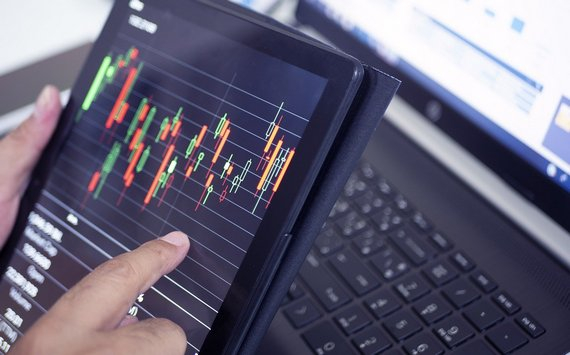
As the world's largest financial market, Forex offers great potential for profits, attracting both pro-tier foreign-exchange traders and beginners. It's very easy for a novice to access the market, but most newcomers quit the game after facing their first discouraging losses and setbacks. If you're an aspiring trader looking to do well in the hot competition of forex trading, the following tips will help you avoid the rookie mistakes that lead to losing money.
1. Do your research
Delve into the available theoretical knowledge, such as the factors of economic and geopolitical nature that have the biggest influence on your preferred currencies. The research effort should be ongoing so that you can quickly adapt your short-term and long-term trading plan to the changing conditions.
2. Do your business with a reputable forex broker
A legitimate broker should be registered as a futures commission merchant with the corresponding regulatory body (CFTC and NFA in the US). When considering a specific broker, such as the forex.com broker, make sure to research into their policies and services. You're looking for:
- a high level of security
- reasonable transaction costs;
- hassle-free account funding and withdrawals;
- a stable trading platform;
- speedy execution of orders.
Many trustworthy and informative review aggregators focus on giving their readers a detailed and truthful analysis of forex brokers. Be sure to check out the forex.com review and reviews of other reputed brokers before finalizing your choice.
3. Start with a practice account
A demo account is an opportunity to try your hand at placing hypothetical trades and get the hang of order-entry techniques. Pushing a wrong button in the heat of the moment is a common mistake of new traders that can lead to devastating financial losses and a lot of stress. That's why practicing with a simulated account is important before any real money trades.
4. Step into real money trading with small stakes
Despite its advantages, a simulated account cannot possibly give you the experience you gain in live trading. With real money at stake, you'll likely experience stronger emotions, which may affect your decision-making. A trading plan that works perfectly on a demo account may not be as stellar in the live market conditions. Going live with small stakes, you can learn to account for all these factors without much financial risk.
5. Use only a sensible amount of leverage
The term “leverage” stands for utilizing borrowed funds to boost your trading position. While giving a new trader plenty of growth potential, leverage can also result in magnified losses. It's advisable to base position size on your actual account balance and avoid maximizing leverage to limit the risks.
6. Employ money management techniques
Utilizing a stop-loss strategy and limiting the maximum amount of your daily loss will allow you to keep your losses at a reasonable level. On the other hand, trailing stop orders will protect your profits – but you'll still have room to grow.
7. Keep technical analysis tools to a minimum
Multiple indicators of the same type are redundant and often confusing. The trading platform will have a plethora of tools for technical analysis, but you should avoid cluttering the chart with techniques that you do not use regularly. The chart should be easy to read and interpret so that your response to a change in the market conditions is quick and effective.






































